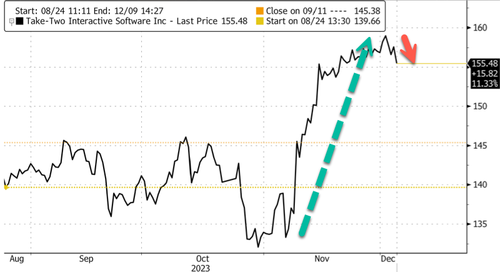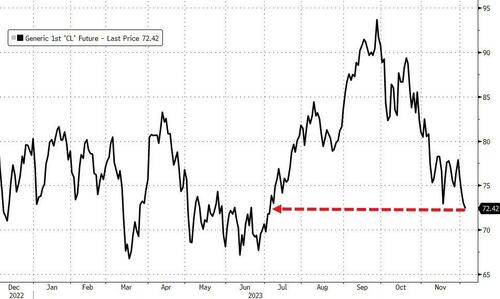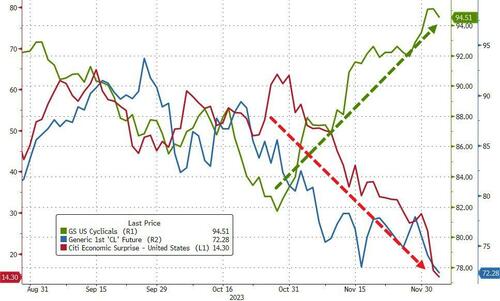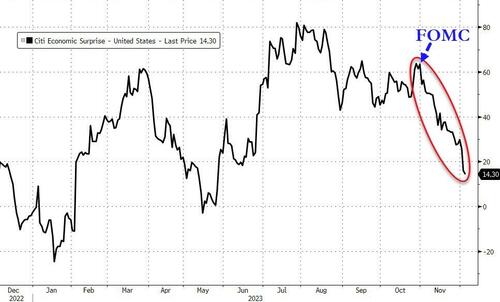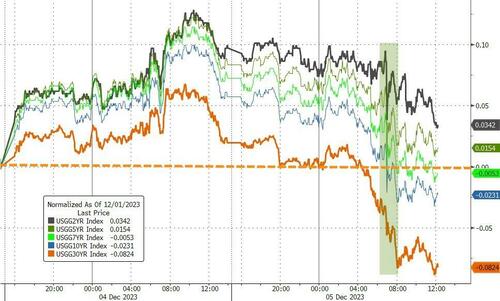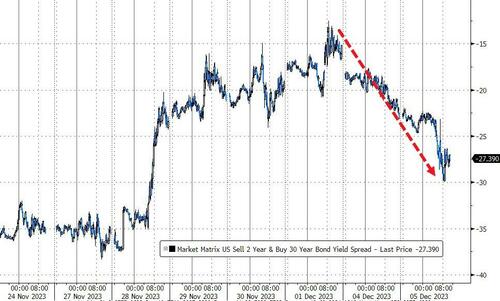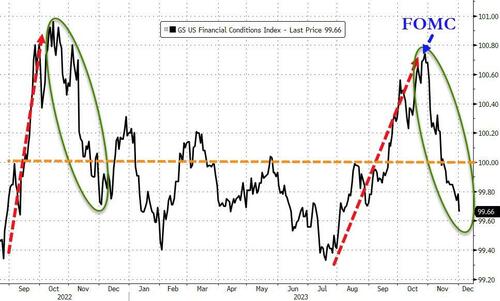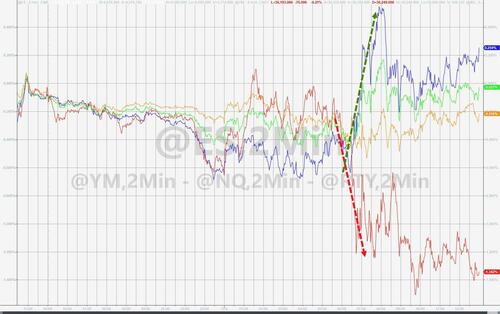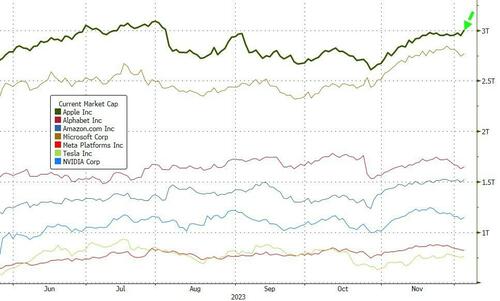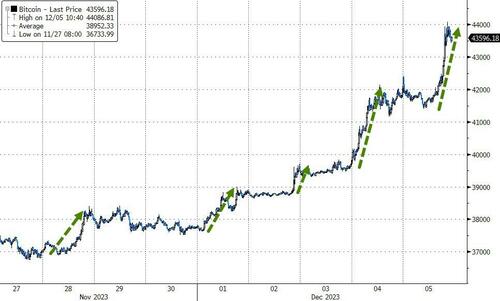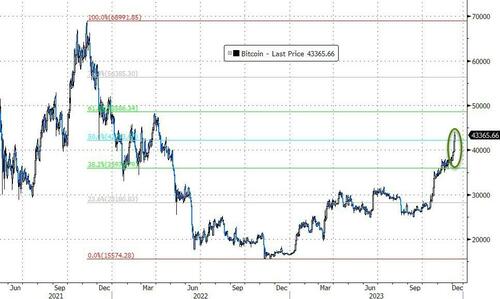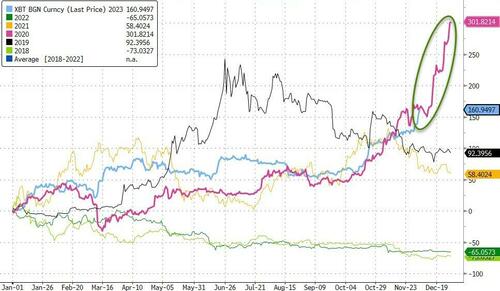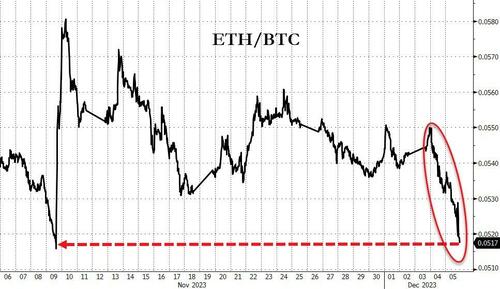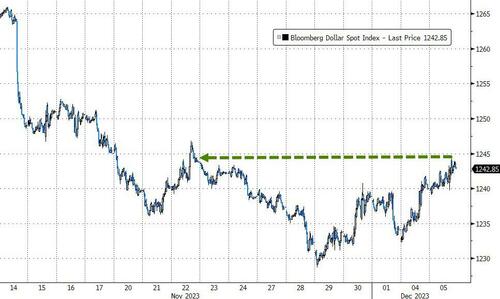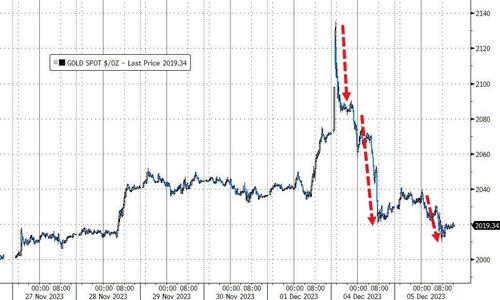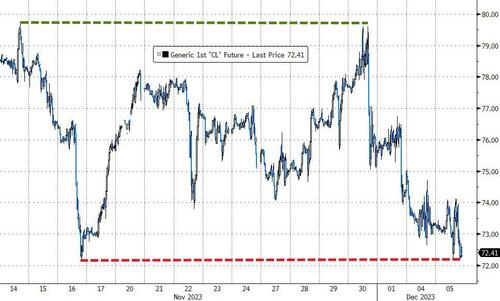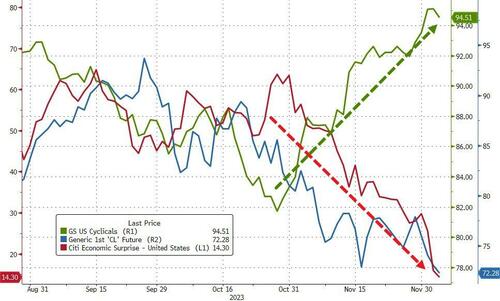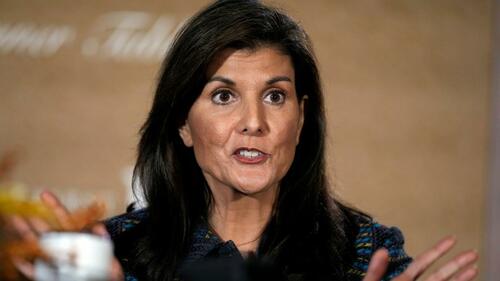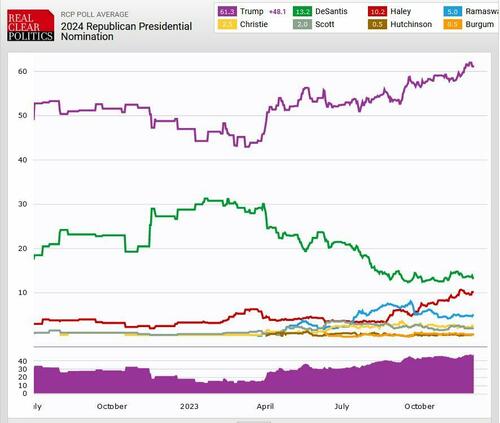Analysts Fear Possible Delays Of Grand Theft Auto VI Release
Rockstar Games, owned by Take-Two Interactive Software, revealed on X on Monday evening that the “Grand Theft Auto VI” trailer leaked.
“Our trailer has leaked, so please watch the real thing on YouTube…” Rockstar Games said.
The trailer reveals that the sixth chapter of GTA is coming in 2025.
“Grand Theft Auto VI continues our efforts to push the limits of what’s possible in highly immersive, story-driven open-world experiences,” said Sam Houser, Founder of Rockstar Games.
Houser said, “We’re thrilled to be able to share this new vision with players everywhere.”
Some folks have been waiting a decade since GTA 5 was released in October 2013.
We’ve been waiting 10 years for GTA 6!! pic.twitter.com/Z8g6rISYXj
— Joe | GTA 6 Info (@GTASixInfo) November 8, 2023
Despite the trailer’s big debut, Wall Street analysts were not thrilled with the release date.
Here’s more from Wall Street analysts (list courtesy of Bloomberg):
Wedbush, Nick McKay and Michael Pachter (outperform)
-
Release date of 2025 implies it will either appear late in Take-Two’s FY25 (ending on March 31 of that year) or in the following fiscal year
-
Management’s revised statement on FY25 being “slightly below” $8b in bookings increased McKay and Pachter’s conviction on GTA VI launching in FY26
-
“There is still an outside chance that Grand Theft Auto VI could launch in FY:25, but it is worth noting that (calendar) 2025 includes three quarters in Take-Two’s FY:26 and just one in its FY:25”
Roth MKM, Eric Handler (buy)
-
Shares fell in post-market trading over concerns that GTA VI could be an FY26 release rather than FY25, though Handler says this is “overblown” and that he would be a buyer on weakness
-
Handler believes the game is scheduled for release in 4Q25, noting management’s FY25 outlook on slightly less than $8b in bookings
-
“Given the sizable pent-up demand for GTA VI, having a release date in the March quarter versus the September or December quarters should not have a material impact on sales”
Morgan Stanley, Matthew Cost (overweight)
-
Cost sees GTA VI as the “most important catalyst” Take-Two has seen in the past decade
-
With around 190 million units of GTA V sold since its release in 2013, Cost says GTA VI will “address a massive built-in audience and has clear potential to be the largest game of this console generation”
-
“In our view now is time for investors to engage with TTWO…and we see any pullback as a strong buying opportunity”
Stifel, Drew Crum (buy)
-
Key takeaway from the trailer is that GTA VI will be released in 2025; Crum senses that consensus was looking for a holiday 2024 release
-
“If there’s any disappointment concerning the timing of the game, we’d use weakness to initiate/add to positions“
-
PT raised to $175 from $167
Baird Equity Research, Colin Sebastian (outperform)
-
Sebastian was “impressed” with the graphics/details and expects a generally positive reception from fans
-
There may be some disappointment with generic 2025 release timing, but the overall game quality and commercial reception “are more important than landing in a specific quarter”
-
“We remain constructive on shares even as we shift some bookings from F25 due to a later release than previously contemplated in our model”
TD Cowen, Doug Creutz and Mei Lun Quach (outperform)
-
Trailer was roughly what the analysts expected — “long on spectacular visuals and ‘vibes’, but not showcasing any features”
-
“Given likely meaningful contributions from GTA VI in the post-launch window, this would be a relevant factor for guidance. Obviously, this means that any further delays likely push the game out of FY25 and into FY26.”
Jefferies, Andrew Uerkwitz (buy)
-
Trailer showing the game is coming in 2025 was “surprising,” Uerkwitz writes; notes that a February/March 2025 release date could deliver on Take-Two’s guidance of ~$8b bookings in FY25 and growth in 2026
-
“There is still no exact release date, so fears of a delay into holiday 2025 and out of FY24 will immediately ensue”
Shares of Take-Two Interactive Software slumped as much as 1.5% in the US cash session.
The biggest concern among analysts is uncertainty around the release date – with some fears of a possible 2026 release.
Tyler Durden
Tue, 12/05/2023 – 17:10
via ZeroHedge News https://ift.tt/k53Dzdf Tyler Durden


